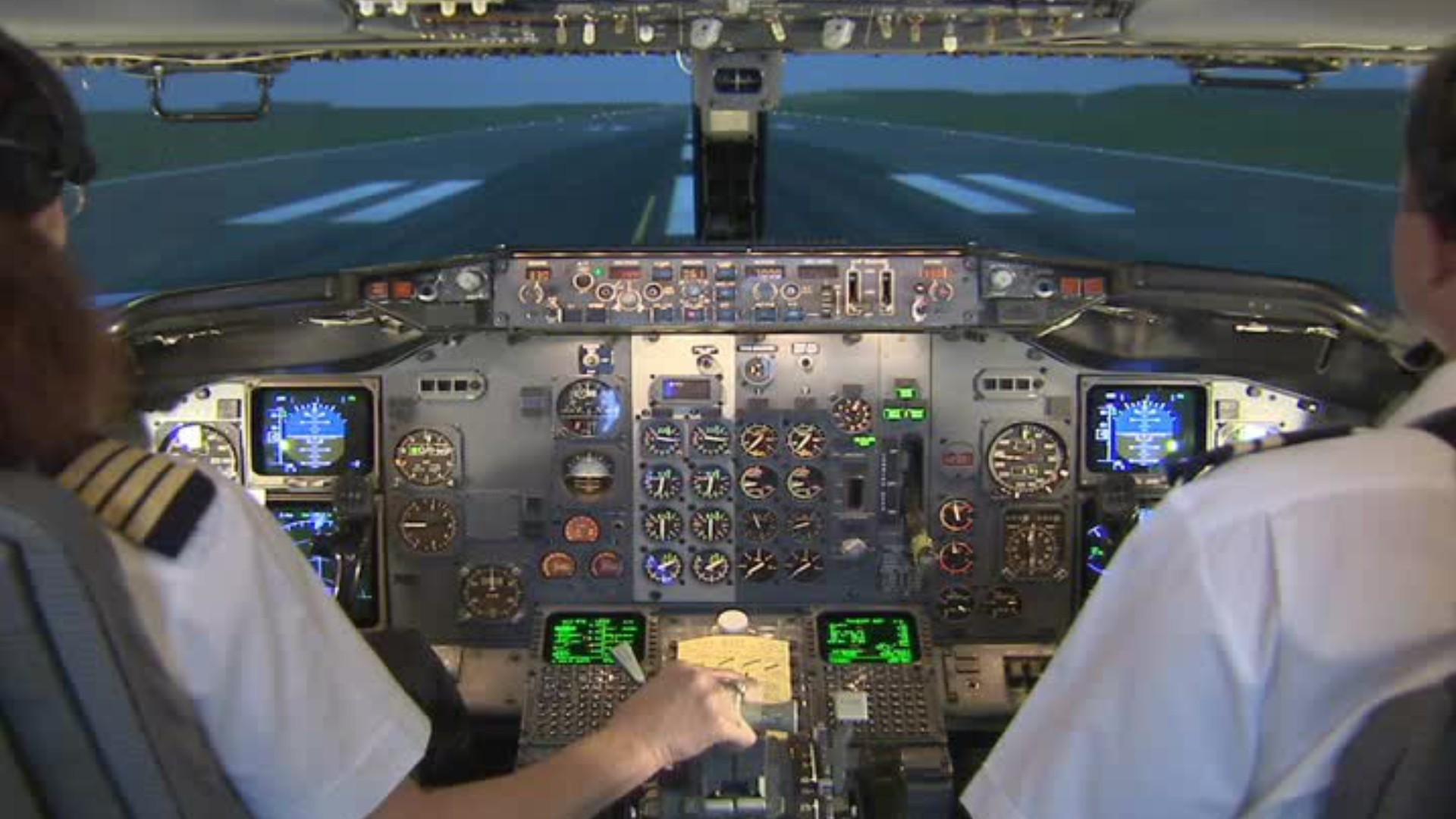Commercial Pilots
Captain, Commercial Pilot, Helicopter Pilot, Pilot
 Select a military branch to see samples.
Select a military branch to see samples.
Astronaut; Experimental Test Combat Systems Officer, Airlift/Tanker/Bomber; Fighter Combat Systems Officer; Mobility Combat Systems Officer, Air Mobility Liaison Officer (AMLO); Mobility Pilot, Inter-Theater Airlift, General; Reconnaissance/Surveillance/Electronic Warfare Combat Systems Officer, RC-26B; Remotely Piloted Aircraft (RPA) Pilot Journeyman; Rescue Combat Systems Officer, Other; Special Operations Combat Systems Officer, EWO, General; Special Operations Pilot, Other
0-5A/EO-5B/RC-7 Pilot; AH-64D Attack Pilot; Aviation All-Source Intelligence; C-12 Pilot; CH-47F Pilot; Fixed Wing Aviator (Aircraft Nonspecific); Medical Service Corps Officer; OH-58A/C Scout Pilot (RC); Rotary Wing Aviator (Aircraft Nonspecific); UH-60M Pilot
Aviation; Fixed Wing Aviation; Rotary Wing Aviation
Aircraft Division Lead (DL) Qualification; Basic Pilot, Basic Rotary Wing; Colonel, Naval Aviator/Naval Flight Officer/Unmanned Aircraft System Officer; Forward Air Controller (Airborne) Instructor (FAC(A)I) Qualification; Pilot Helicopter CH-53K; Pilot HMH/M/L/A, CH-46 Qualified; Pilot VMA FRS Basic AV-8B; Pilot VMGR, KC-130 Aircraft Commander; Pilot VMR C-9 Qualified; Tactical Systems Operator/Mission Specialist
Aviator; Carrier Airborne Combat Information Center Officer; Flight Instructor-NFO, Fleet Operational Aircraft; Naval Flight Officer Instructor, Training Planes; Officer in Charge, Aviation Unit or Detachment; Special Project Pilot; Squadron Executive Officer; Squadron Operations Officer; Unmanned Aerial Vehicle (UAV) Pilot/Maintainer; URL - Aviation Warfare Officer, Pilot
Rescue Pilot; Rescue Pilot, Combat Search and Rescue, General; Rescue Pilot, CSAR-X; Rescue Pilot, General; Rescue Pilot, HH-60; Rescue Pilot, MH-139; Rescue Pilot, Other; Rescue Pilot, UH-1N; Trainer Pilot; Trainer Pilot, SUPT-H
What they do:
Pilot and navigate the flight of fixed-wing aircraft on nonscheduled air carrier routes, or helicopters. Requires Commercial Pilot certificate. Includes charter pilots with similar certification, and air ambulance and air tour pilots. Excludes regional, national, and international airline pilots.
On the job, you would:
- Check aircraft prior to flights to ensure that the engines, controls, instruments, and other systems are functioning properly.
- Co-pilot aircraft or perform captain's duties, as required.
- Consider airport altitudes, outside temperatures, plane weights, and wind speeds and directions to calculate the speed needed to become airborne.
Knowledge
Business
- customer service
Arts and Humanities
- English language
Transportation
- movement of people or goods by air, rail, sea, or road
Math and Science
- geography
Skills
Basic Skills
- keeping track of how well people and/or groups are doing in order to make improvements
- thinking about the pros and cons of different ways to solve a problem
Problem Solving
- noticing a problem and figuring out the best way to solve it
People and Technology Systems
- thinking about the pros and cons of different options and picking the best one
- figuring out how a system should work and how changes in the future will affect it
Abilities
Controlled Movement
- quickly change the controls of a machine, car, truck or boat
- quickly decide if you should move your hand, foot, or other body part
Attention
- pay attention to something without being distracted
- do two or more things at the same time
Verbal
- communicate by speaking
- listen and understand what people say
Ideas and Logic
- notice when problems happen
Personality
People interested in this work like activities that include practical, hands-on problems and solutions.
They do well at jobs that need:
- Self-Confidence
- Leadership Orientation
- Stress Tolerance
- Self-Control
- Cautiousness
- Integrity
Technology
You might use software like this on the job:
Graphics or photo imaging software
- Adobe Creative Cloud software
Analytical or scientific software
- Calibration software
- Pilot Navigator Software Load Balance
Data base user interface and query software
- Airline Pilots Daily Aviation Log PPC
- Skylog Services Skylog Pro
Education
Education: (rated 3 of 5)
certificate after high school or
high school diploma/GED
usually needed
high school diploma/GED
usually needed
Job Outlook
Bright
New job opportunities are very likely in the future.
Explore More
- Air Traffic Controllers
- Aircraft Mechanics & Service Technicians
- Airfield Operations Specialists
- Airline Pilots, Copilots, & Flight Engineers
- Aviation Inspectors
You might like a career in one of these industries:
See more details at O*NET OnLine about Commercial Pilots.





